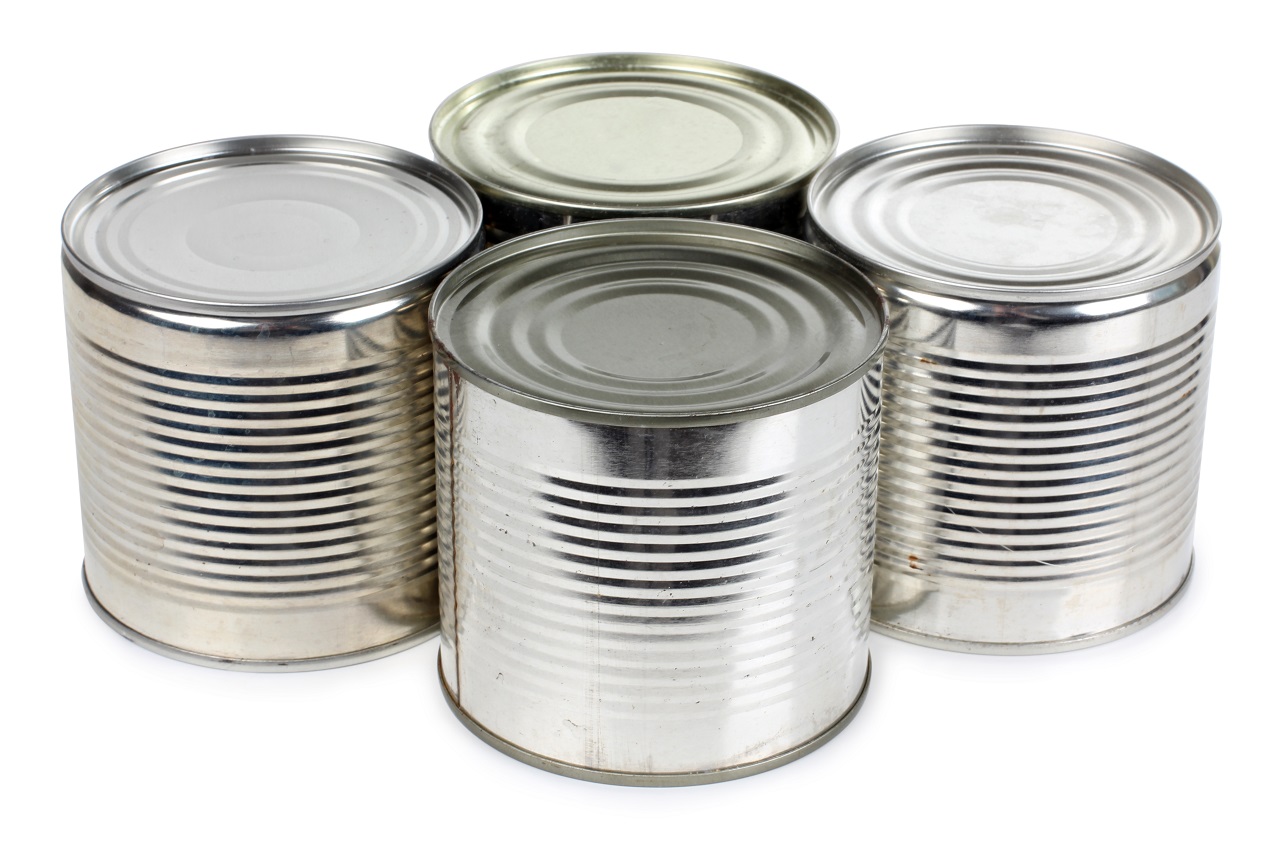
When most people think about tin, they imagine tin cans, tin foil, and maybe even Rin Tin Tin. Tin is a naturally occurring metal of a familiar silver color. Tin is resistant to corrosion and often used as a coating for other metals such as steel. The most common example is the use of tin to line the insides of beverage cans and food containers. Tin has other metallurgic application- when it is alloyed with copper, bronze is the result. If you’ve ever seen pewter figurines or collectibles, know that they can contain up to 90% tin. Tin is a component of solder- a regular tool for plumbing applications and electrical circuits. If you check your toothpaste label you are likely to notice the ingredient “stannous fluoride” which is a tin compound. Despite, or in light of, this frequency of exposure, concerns have been raised about the safety of tin and research has shown that tin can negatively impact human health.
Exposure to Tin
Food containers that contain tin usually have a very fine layer of lacquer applied to prevent the tin from leeching into your food or drink. Unfortunately, acidic foods may compromise that protective film. If you eat seafood, be mindful of its origin as tin has been found in seafood caught off certain coastal waters. Household products like toothpaste and soap may have tin compounds added.
Manufacturing and industrial facilities are often guilty of releasing toxic metals like tin into the environment. This not only affects workers, but people who live in the vicinity too (and really, all of us). High concentrations of tin are usually found in air and soil samples in and around areas where hazardous waste is present. This can present groundwater contamination concerns.
Exposure to tin is often a byproduct of modern society. Taiwan, for example, has been changing from an agricultural society to an industrial society over the past 40 years. Due to this industrial progression, incidence of occupational neurotoxic disease has increased. Most neurotoxic diseases stem from exposure to various toxic metals, including tin, and the nervous system is especially vulnerable
Tin’s Negative Effects on Health
Tumor formations have been observed in the lungs of rats that inhaled dust containing tin.
The University of Medical Sciences in Iran investigated in vitro effects of several metals, including tin, on sperm creatine kinase. Reduced sperm metabolism was observed which is believed to be a cause of infertility in men.
Exposure to arsenic, cadmium, lead, mercury, and tin has been shown to affect the hematological (blood) system.
Tin dust can irritate the skin and delicate tissue, particularly the eyes and respiratory system.
Two studies out of Japan confirmed adverse effects from tin exposure to the lungs, particularly occupational lung disease.
In a study by the Department of Biotechnology and Molecular Biology at Opole University, tin was found to be extremely topic to human embryonic kidney cells.
The nervous system is a target for a number of metals. Aluminum, arsenic, lead, and mercury are known to be incredibly neurotoxic. Lead and tin are thought to affect energy metabolism and can stall brain function by interfering with neurotransmitters.

